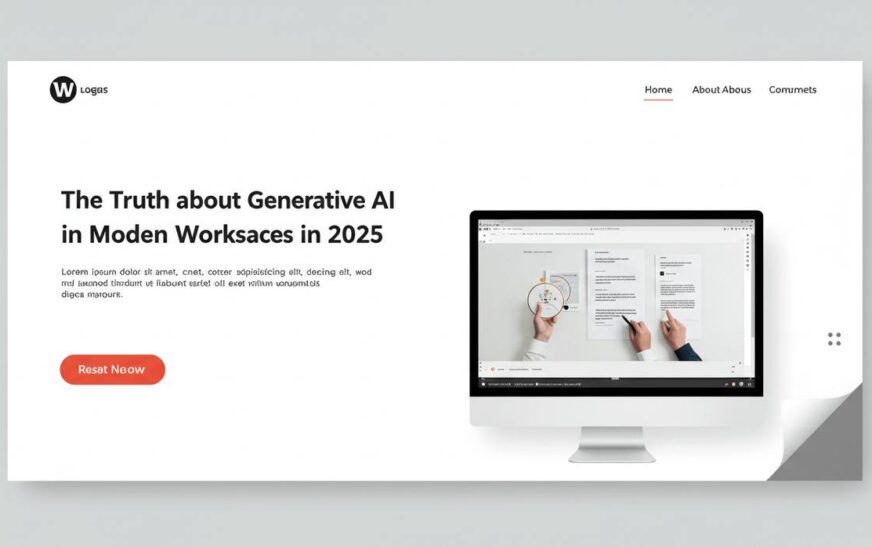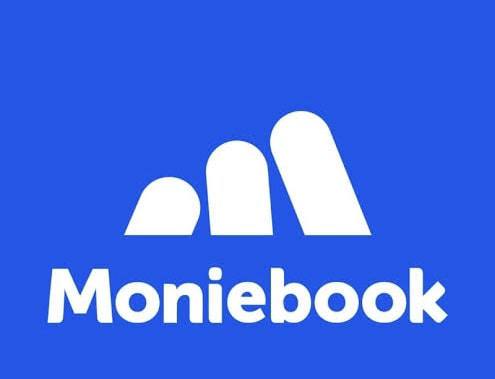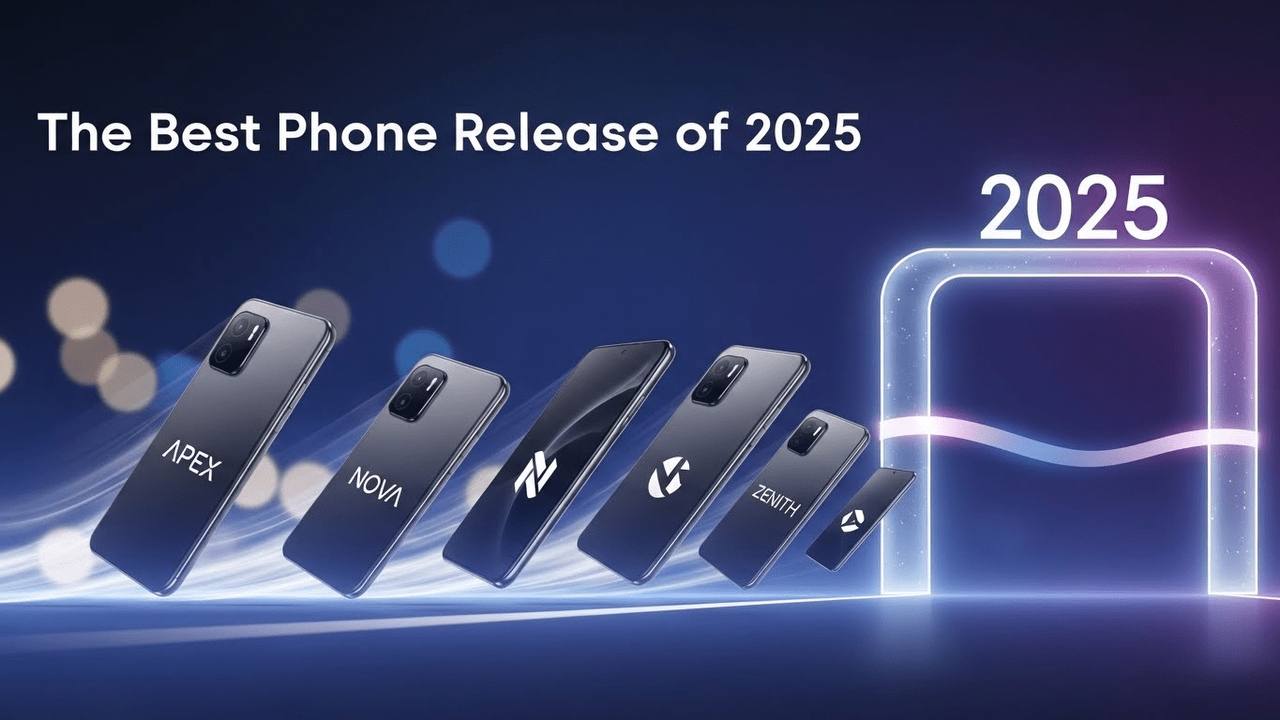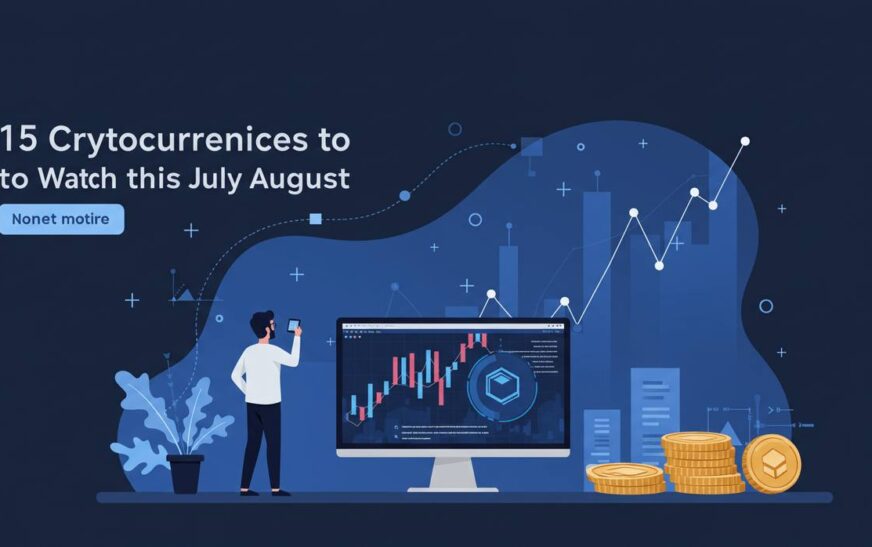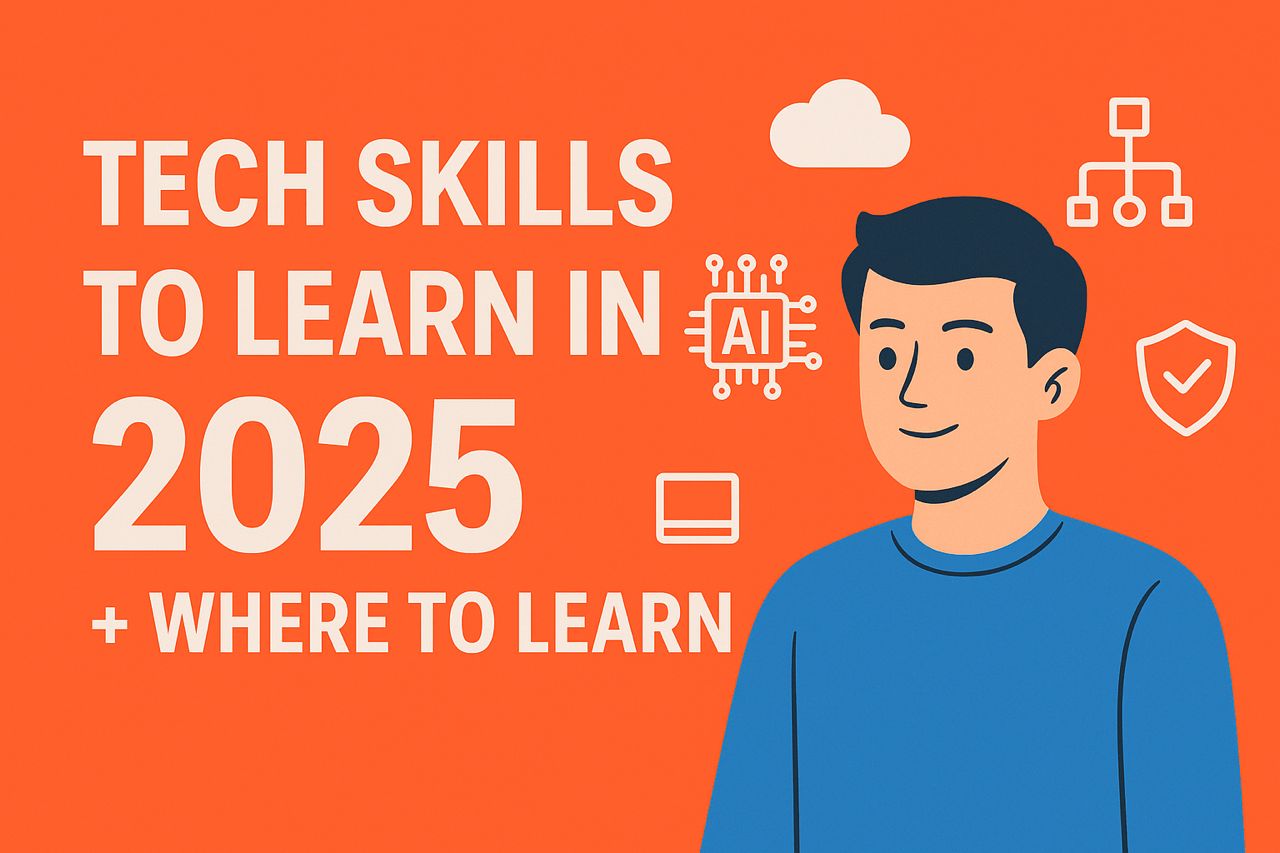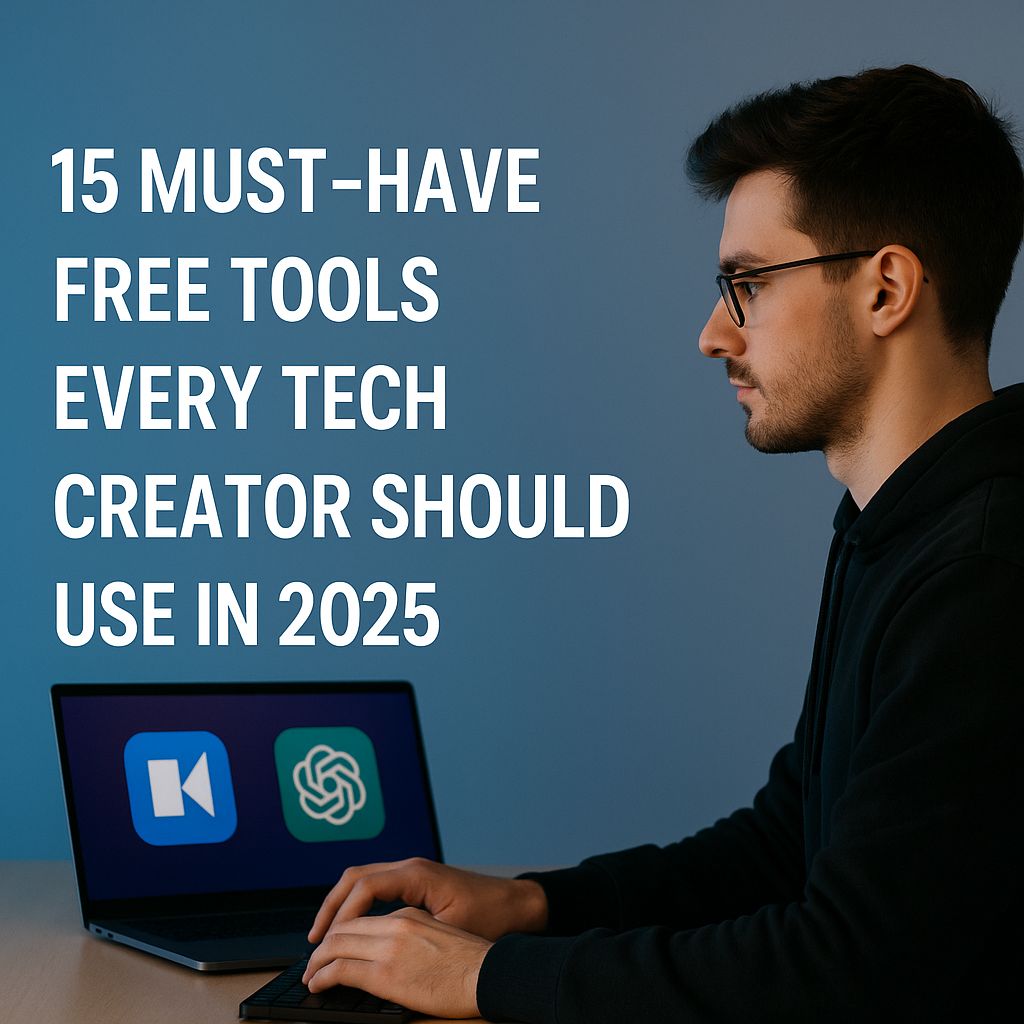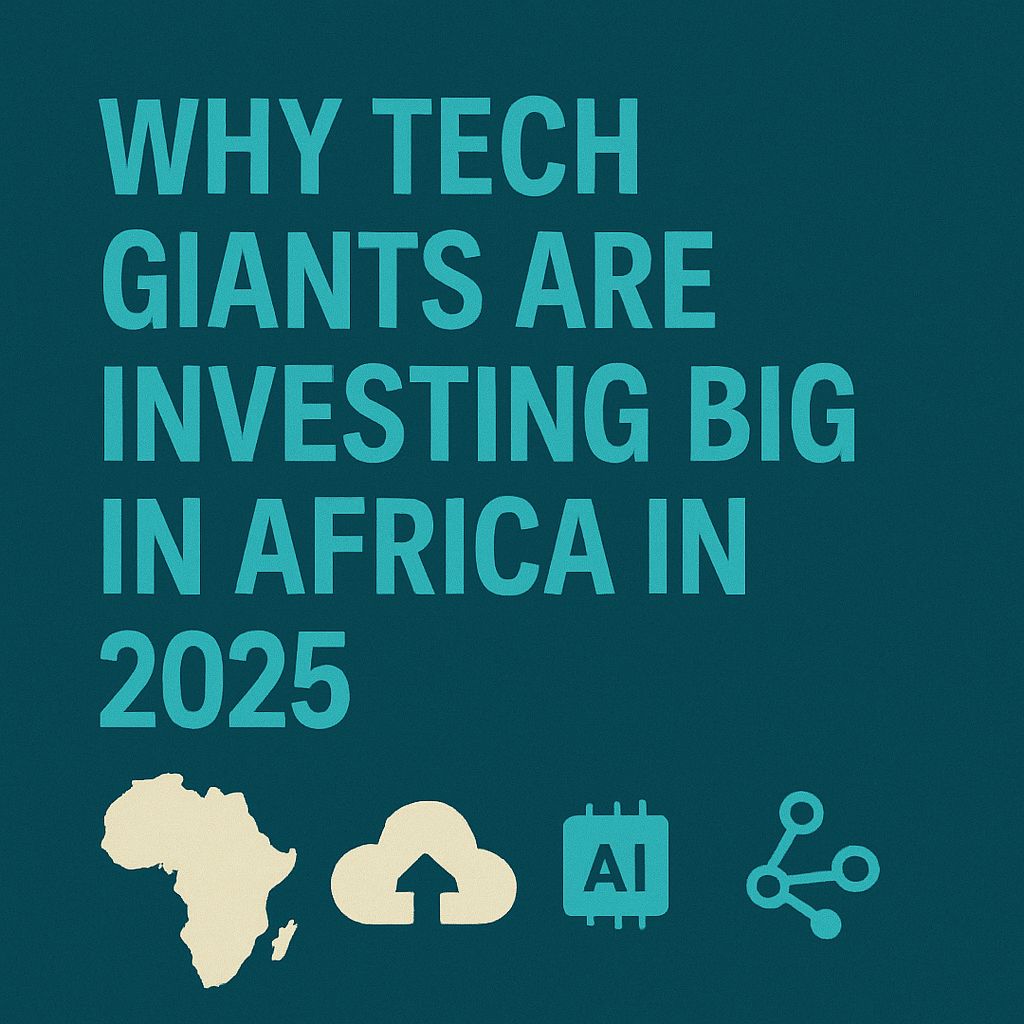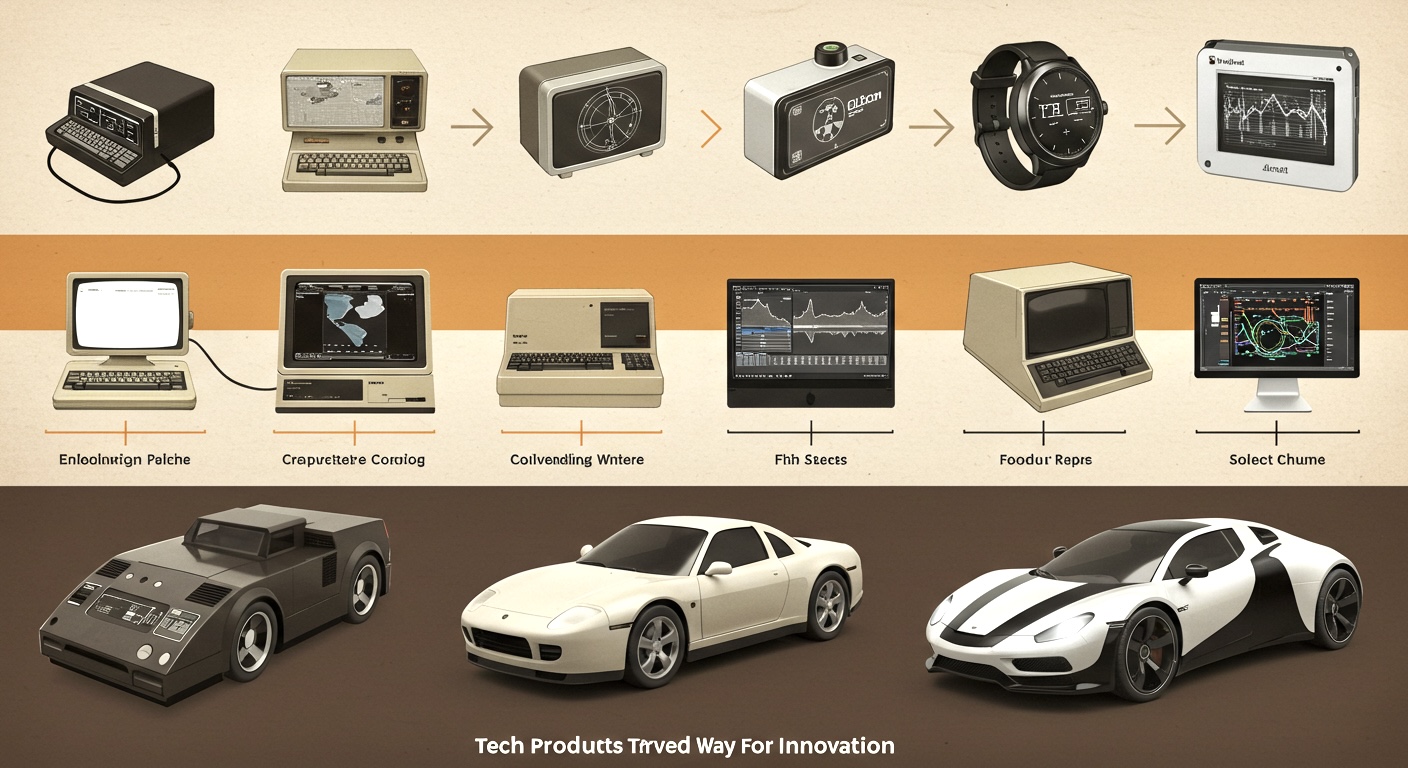Generative AI may have started as a playground for creators, marketers, and tech hobbyists — but in 2025, it’s found a new, quieter home: the enterprise.
While consumers were still figuring out prompt hacks and AI memes, companies were busy building AI into the very core of how their teams operate — from automating onboarding to drafting legal documents. And now? It’s fully here.
If you think generative AI is still just about writing emails or creating images, this post is your invitation to catch up. Because behind the scenes, it’s transforming the way modern businesses run.
Let’s break it all down — simply, honestly, and with a clear look at how it’s actually working in real offices today.
So… What Is Generative AI Actually Doing in Enterprises?
In one word: workflows.
Most companies aren’t using generative AI for show — they’re using it to speed things up, reduce manual labor, and keep teams focused on bigger goals. Think less about the flashy ChatGPT demos and more about:
- Drafting client proposals in seconds
- Summarizing 40-page financial reports overnight
- Generating job descriptions tailored to HR policy
- Pre-filling CRM entries based on sales calls
- Writing legal first drafts under compliance guidance
This is the stuff nobody sees — but it’s what keeps operations moving smoothly.

Real Ways Generative AI Is Being Used Today
Let’s get specific. Here’s how forward-thinking companies are deploying generative AI across departments:
1. HR & People Operations
- Automated onboarding documents tailored to each new hire’s location and role
- AI-generated training manuals based on company policy and department goals
- Smart internal FAQs built on past HR queries
2. Finance & Legal
- Contract drafts generated from templates, reviewed by legal for final edits
- AI-powered compliance summaries
- Automated budget explanations for execs using plain language
3. Marketing & Content
- Campaign briefs, blog outlines, SEO reports — all powered by trained LLMs
- Tone matching for social media and brand voice
- Localization into multiple languages at scale
4. Product & Engineering
- Technical documentation drafted based on code repositories
- AI copilots embedded in dev environments
- User feedback summarized from thousands of data points
What’s Different About “Enterprise” Generative AI?
You might be wondering: isn’t this just ChatGPT or Claude 3 with a new outfit?
Not quite.
Enterprise-grade AI looks and works differently. Here’s how:
- Data privacy is a non-negotiable. Tools are built to keep sensitive data locked down.
- Fine-tuning is done on internal company data — not public internet junk.
- Security and compliance are built-in from day one.
- Integration matters more than interface. The magic happens when AI plugs into Salesforce, Notion, Slack, or internal wikis.
So no, your company’s AI assistant isn’t just another chatbot. It’s often a deeply customized, secure, and fine-tuned co-pilot designed to do actual work.
But Isn’t It All Just Hype?
Fair question. And the short answer is: it was — but not anymore.
The difference in 2025 is that we’re not talking about experiments or beta features. Generative AI has moved into:
- Procurement pipelines
- Performance dashboards
- Internal ticketing systems
- Recruitment workflows
Companies aren’t just testing it — they’re structuring teams around it. They’re hiring AI Operations Managers, Prompt Engineers, and AI Ethics Leads. AI has shifted from being a tool people play with to one they rely on daily.
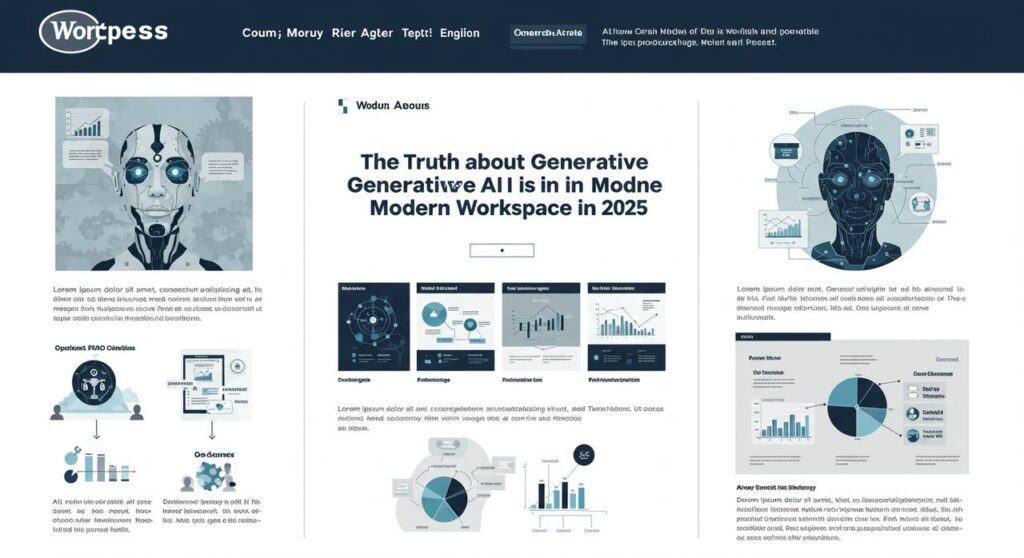
Challenges? Of Course. Here’s What Still Needs Work
No tech is perfect, and generative AI at the enterprise level still has some friction points:
- Hallucinations can’t be ignored in high-stakes industries
- Training costs for custom models aren’t cheap
- Employee resistance is real, especially when AI starts taking over repeatable tasks
- Explainability is still a major trust issue for leadership and legal teams
But even with these challenges, the momentum is real. And companies are learning fast.
Why This Matters for You
Whether you’re a freelancer, a startup founder, a hiring manager, or someone trying to future-proof your skills, understanding how generative AI fits into actual business workflows is no longer optional.
You don’t need to build models from scratch. But if you can collaborate with one, prompt it effectively, or spot where it fits into your team’s daily flow — you’re already ahead.
Final Thoughts: The AI Revolution Isn’t Loud. It’s Practical.
In 2025, generative AI isn’t replacing jobs as much as it’s replacing wasted time. It’s rewriting the boring parts, organizing the clutter, and giving people more time to think strategically.
It’s not flashy anymore — and that’s exactly why it’s powerful.
If you’re waiting for some grand turning point, it’s already passed. The future of work is here — and it quietly runs on lines of code; inside tools you already use every day.
Want to Stay Ahead?
If you found this helpful, subscribe to the blog or sign up for my tech newsletter. I break down real trends like this weekly — no fluff, no hype, just what’s actually working.
And if your company has started using generative AI internally, I’d love to hear how — drop a comment, Let’s talk real-world results.
Related Posts
7 Surprising Ways AI Is Changing Our Lives Right Now
Best 10 cryptocurrencies set to surge in July and August
5 Coding Interview Mistakes You’re Probably Making (And How to Fix Them)


